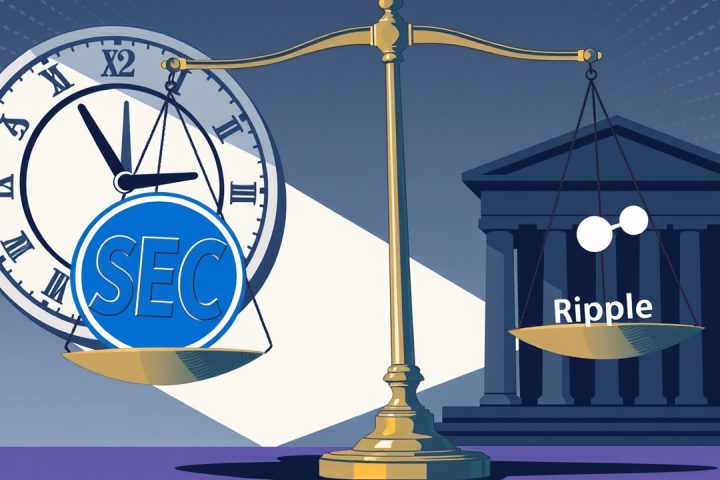Adapting to Change in the Mining Landscape
In the wake of Bitcoin’s most recent halving, which halved block rewards and subsequently squeezed revenue across the mining landscape, major mining firms are adapting by exploring new income opportunities. A growing trend among these companies involves leasing energy capacities to clients in artificial intelligence (AI) and high-performance computing sectors, a move that is already solidified through long-term contracts.
Key Examples of AI Integration
A significant example includes Cipher Mining, which recently secured a decade-long agreement with AI cloud provider Fluidstack, ensuring access to 168 megawatts of power with a staggering potential value of $3 billion. Google has played a supportive role in this venture by injecting $1.4 billion in funding and also taking a 5% stake in Cipher, enabling the mining firm to keep ownership of its facilities while channeling part of its energy use into agreed-upon AI revenue streams.
Similarly, TeraWulf, another American mining company, has also opted to focus its resources on AI operations, announcing hosting contracts that allocate over 200 megawatts for AI workloads at its Lake Mariner facility, with industry estimates placing the deal’s worth above $3.7 billion.
Shifting Financial Landscape
As these developments unfold, the financial landscape for mining companies is shifting. Traditionally, miner stocks have shown a strong correlation with Bitcoin prices. However, with long-term contracts in place, investors may need to consider a new risk profile. The consistent dollar payments from AI clients could mitigate the volatility experienced from Bitcoin price fluctuations.
For instance, Australian mining operator Iren is enhancing its AI cloud operations by acquiring over 12,000 GPUs, forecasting a substantial $500 million annual revenue stream from AI by early 2026. Analysts from Arete have initiated coverage on Iren, Riot Platforms, and Cipher Mining, granting them buy ratings due to the reliability offered by their contracted AI revenues.
Transformations in Mining Operations
The transformation seen with CoreWeave, previously focused on Ethereum mining, further highlights this trend. In 2025, CoreWeave’s acquisition of Core Scientific for $9 billion marked a decisive shift to become a primary supplier of computational power for AI, effectively abandoning traditional token mining practices.
The transition to AI hosting represents more than mere diversification; it compels miners to overhaul their operational framework. AI clients demand rigorous service level agreements requiring enhanced data center capabilities, including redundancy, efficient cooling systems, and ongoing maintenance commitments. As a result, companies are reallocating capital from short-term ASIC purchases to necessary infrastructure upgrades suitable for accommodating higher-density workloads.
Capacity Allocation and Market Implications
Importantly, this shift raises the question of capacity allocation. Each megawatt dedicated to AI functionality translates to one less available for Bitcoin mining, urging operators to weigh the reliable upfront revenue from AI contracts against the potential future value stemming from a Bitcoin price surge.
Historically, mining operations have depended on hashprice—the dollar equivalent of one terahash of computational performance per day. However, this metric is now being complemented by what can be termed lease price, which reflects the value of power sold under contracts. Over time, lease price could become a vital component in valuation formulas, rivaling the traditional hash price.
This trend also holds broader implications for the mining ecosystem. As miners increasingly allocate resources towards external hosting, the growth of the overall network hash rate may decelerate. This shift could impact competition among remaining pure miners and affect difficulty calibration. Nonetheless, the stability provided by AI contracts may help some firms maintain operations during downturns in Bitcoin prices, thereby cushioning declines in the overall hash rate.
Evolving Capital Investment Cycle
Moreover, the capital investment cycle in the industry is evolving. Historically, expansions were financed during bullish periods characterized by high profit margins supporting swift machinery purchases. Currently, the stability offered by multi-year AI agreements serves as collateral, allowing companies to secure funding even in less favorable market conditions. Ultimately, the emergence of AI does not signal the end for Bitcoin mining; rather, it adds a new economic layer atop existing frameworks. For investors, miner stocks may transition away from being high-volatility Bitcoin proxies toward hybrid entities that combine revenue from commodities with contractual service earnings.




